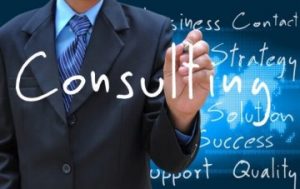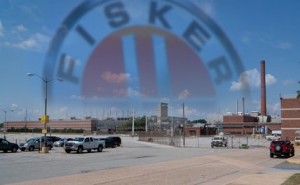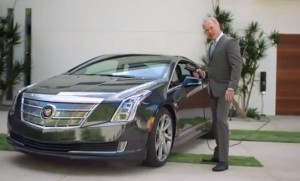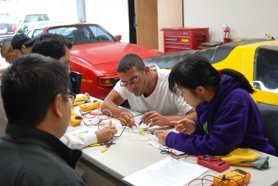 It’s been about two months since I launched LeSage Consulting – thanks very much for the support and feedback. Here are some of my notes on the experience so far……
It’s been about two months since I launched LeSage Consulting – thanks very much for the support and feedback. Here are some of my notes on the experience so far……
Social Media Hits and Misses: As internet marketing guru Bob Bly wrote about last week, social media has limited value for B2B marketing – especially Facebook (which somehow produced $7 billion in ad revenue last year). Facebook is great for photo galleries, “friending,” and reading about the fun one of your old high school chums is having standing in line at Starbucks. Everyone has an account on Facebook and, I would suspect, that in the next five years, there will be 10,000 more Facebook-type sites customized to a plethora of groups – special interests, hobbies, geography, politics, spirituality, environmental, business networking, etc. I’m seeing a lot more value in LinkedIn and Twitter. LinkedIn is very good for networking with like-minded professionals (check out my Clean Transportation interest group) and getting people to subscribe to your e-newsletter and take your survey. I’ve been surprised to see how important Twitter has become for business networking and special interest groups. Some companies are announcing new product and service offerings on webinars coordinated with tweets.
Compressed natural gas (CNG) is doing the best in transportation fuel prices; charging and alternative fuel stations are seeing growth and propane is still number two after charging stations (with E85 close behind propane). For those interested in receiving monthly reports on fuel prices, sales figures on hybrids and electric vehicles, and stock market performance of AeroVironment, Clean Energy, Tesla Motors, and others, you can opt for a paid subscription to Green Auto Market Extended Edition. You can also find a free sample copy of it there, too, on this site.
The Value of Time: Consultants need to have specialized expertise in their fields from work experience, education, accomplishments, and professional networking relationships – not to mention thousands of hours out in the trenches finding out what’s really going on out there. As a former consulting colleague (and current significant other) says to me all the time – What’s your time worth? Sending a proposal to a current or prospective client with fees based on project cost, or hourly estimate, or some variation, is one thing. But what about writing a freelance article? You could put in a lot of hours, and do a couple of rewrites, for $500 (or less – thank you, Elance). Perhaps that article goes out to a well-respected mass market publication, or to a very specialized niche publication read by managers in your field. Then, yes that’s worth the time and energy – it’s effective marketing and it doesn’t really cost you anything. But then there are other situations that come up that remind me that some of that time spent is not worth it. For example, I’ve had people contact me recently on LinkedIn for networking and promotion. They got something out of it, but I didn’t seem to – beyond the annoying learning experience of not doing that again.








